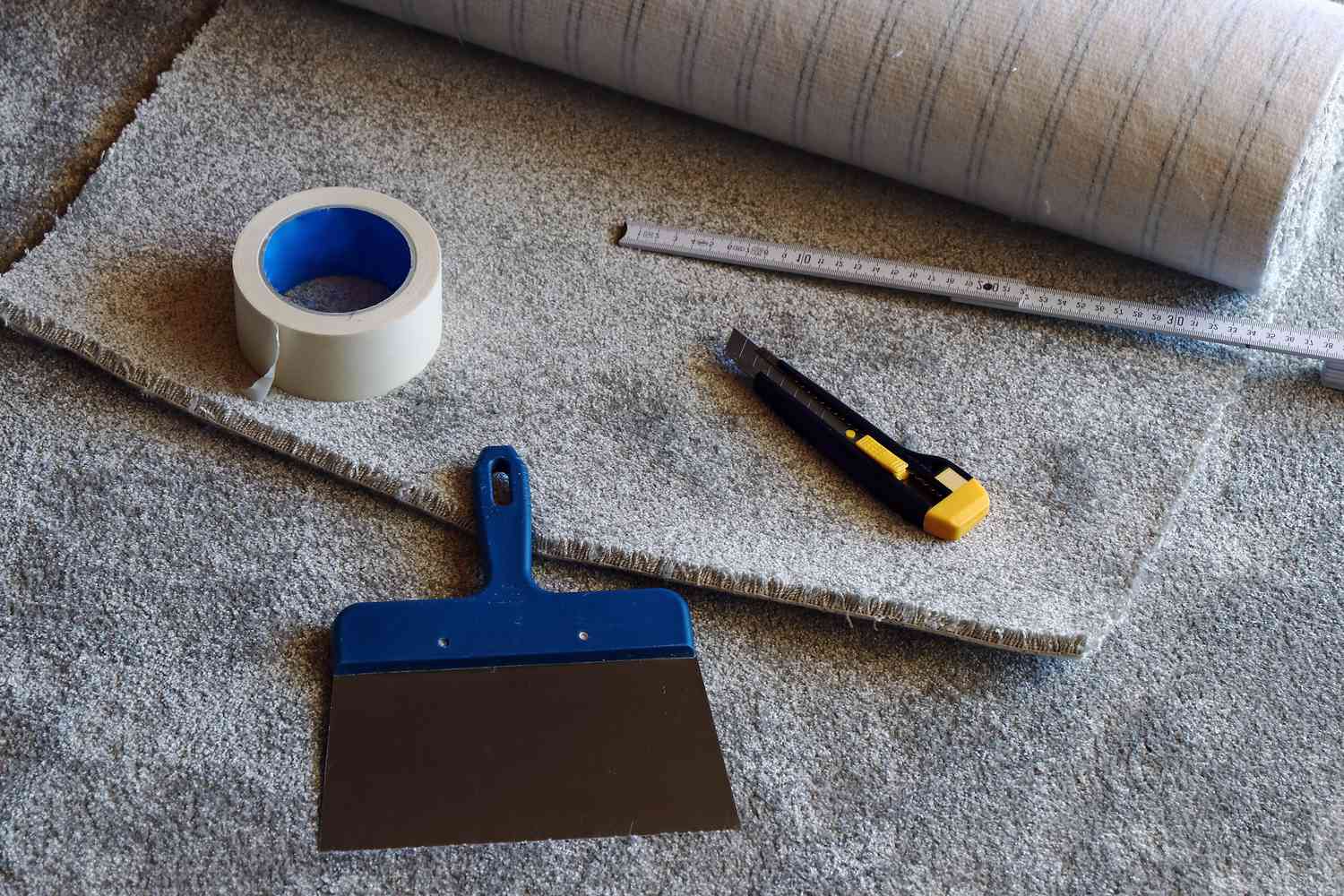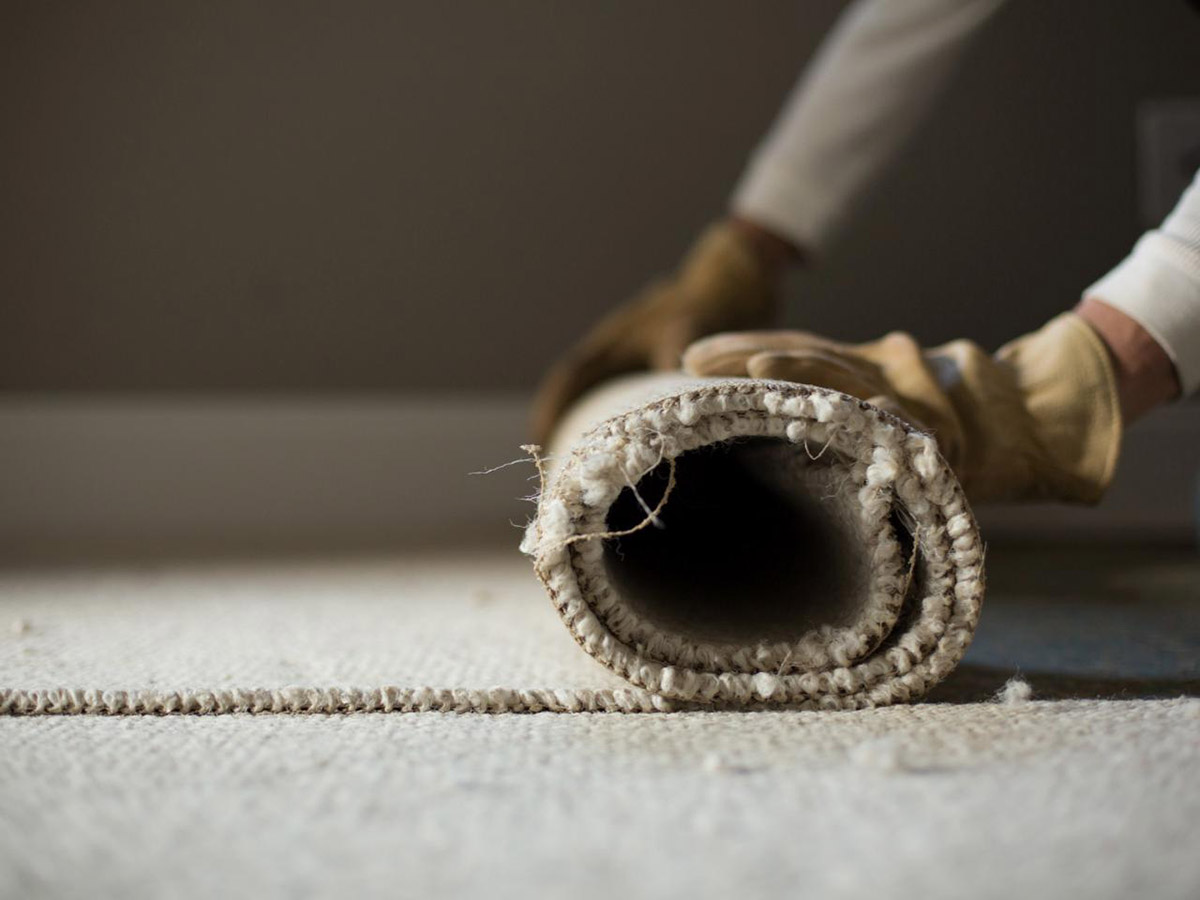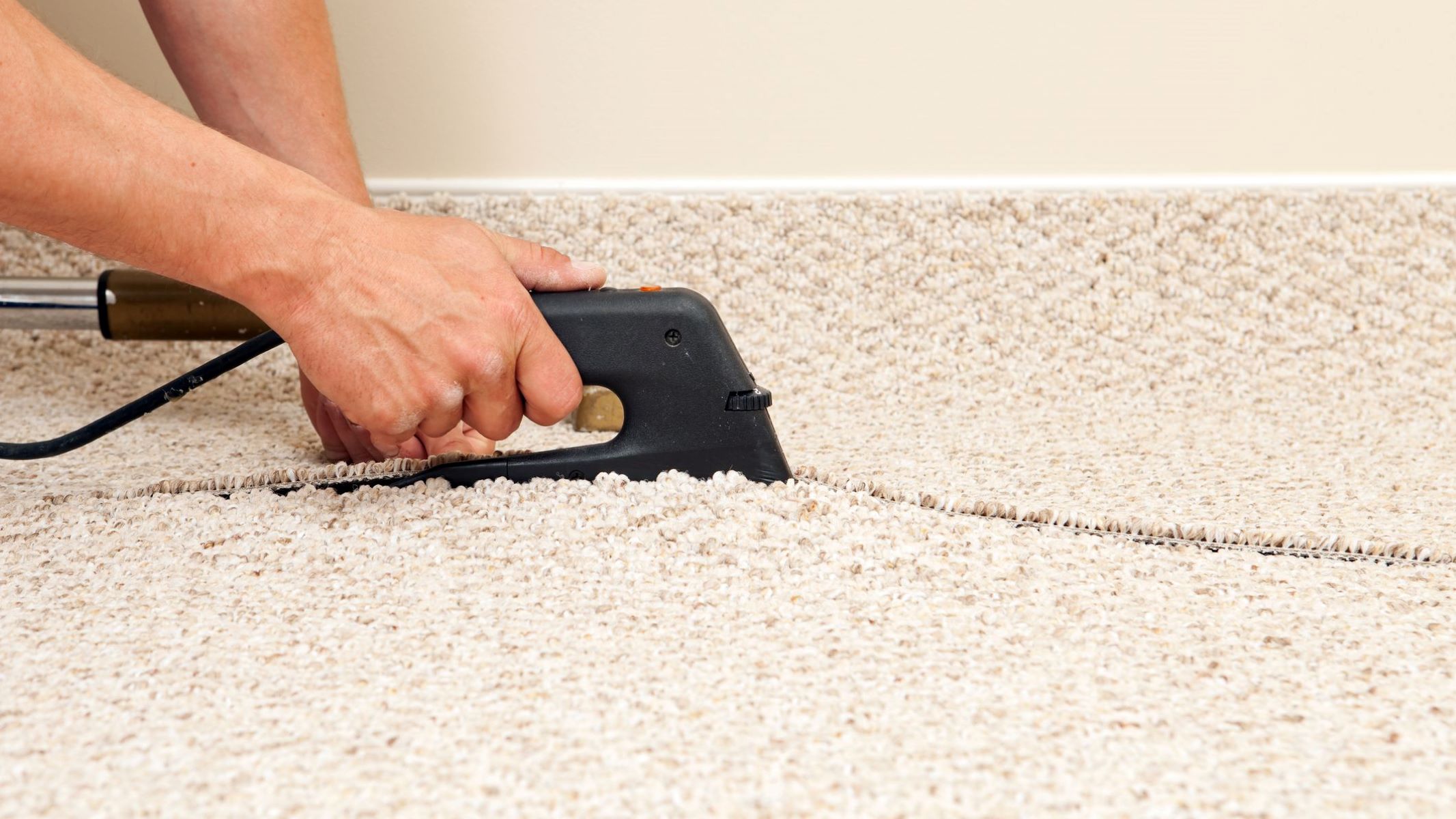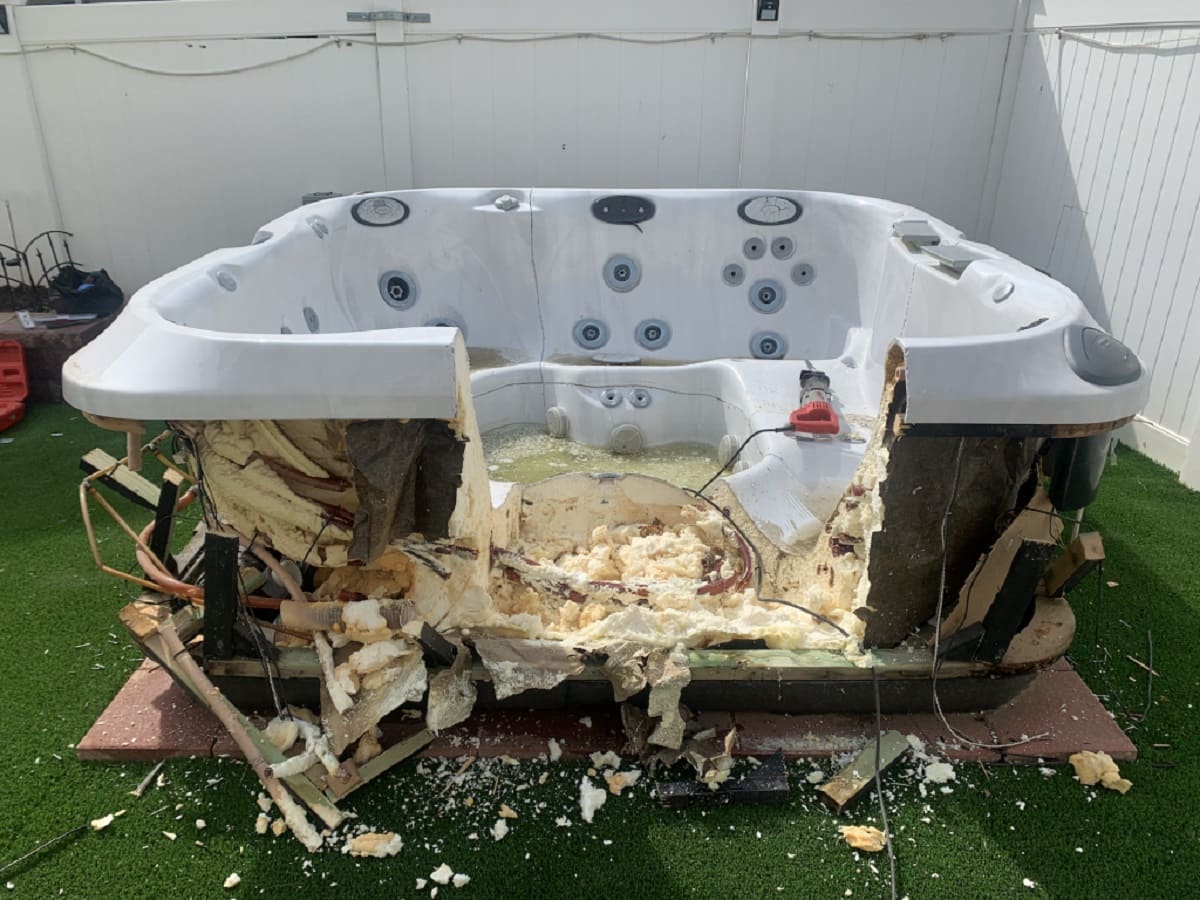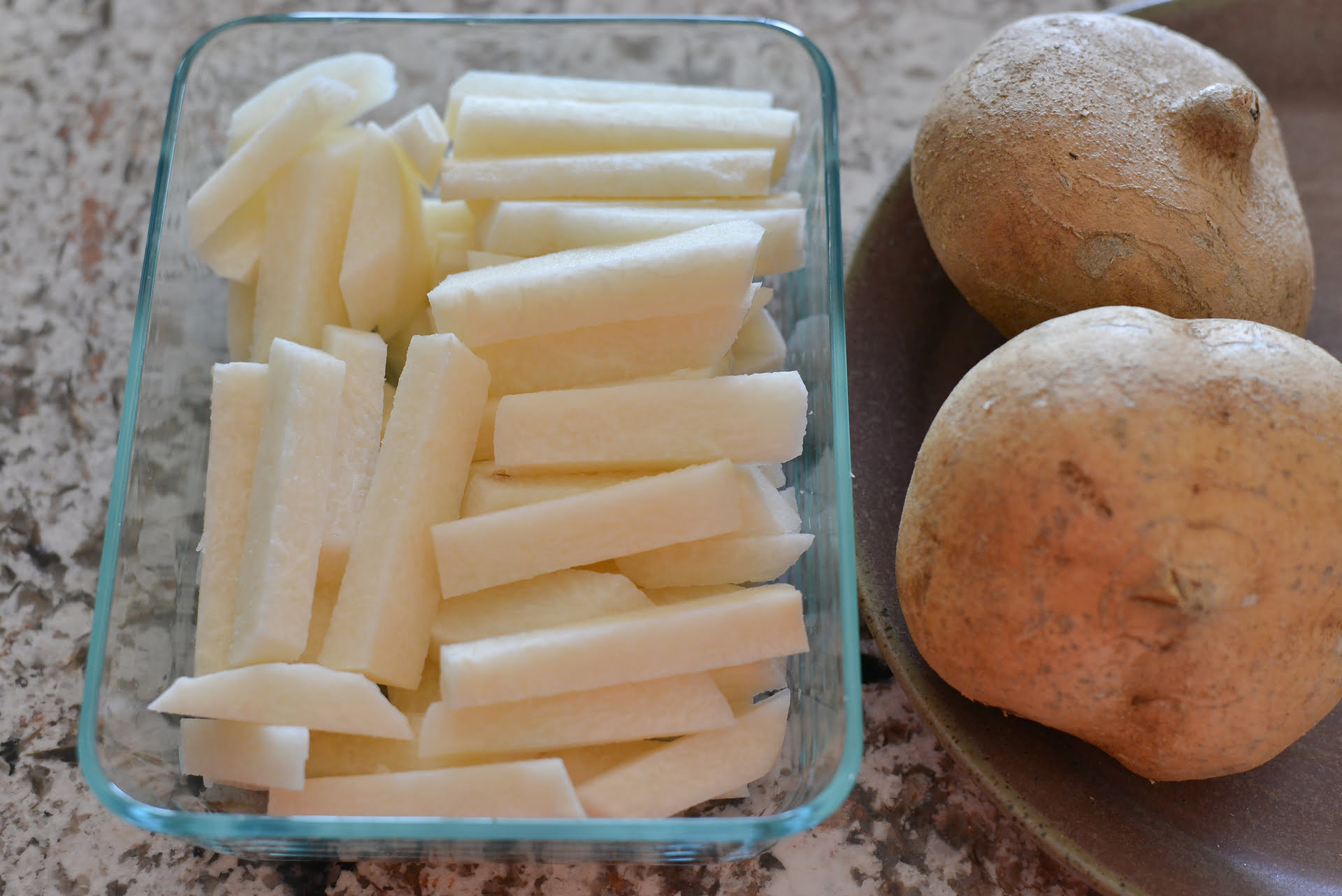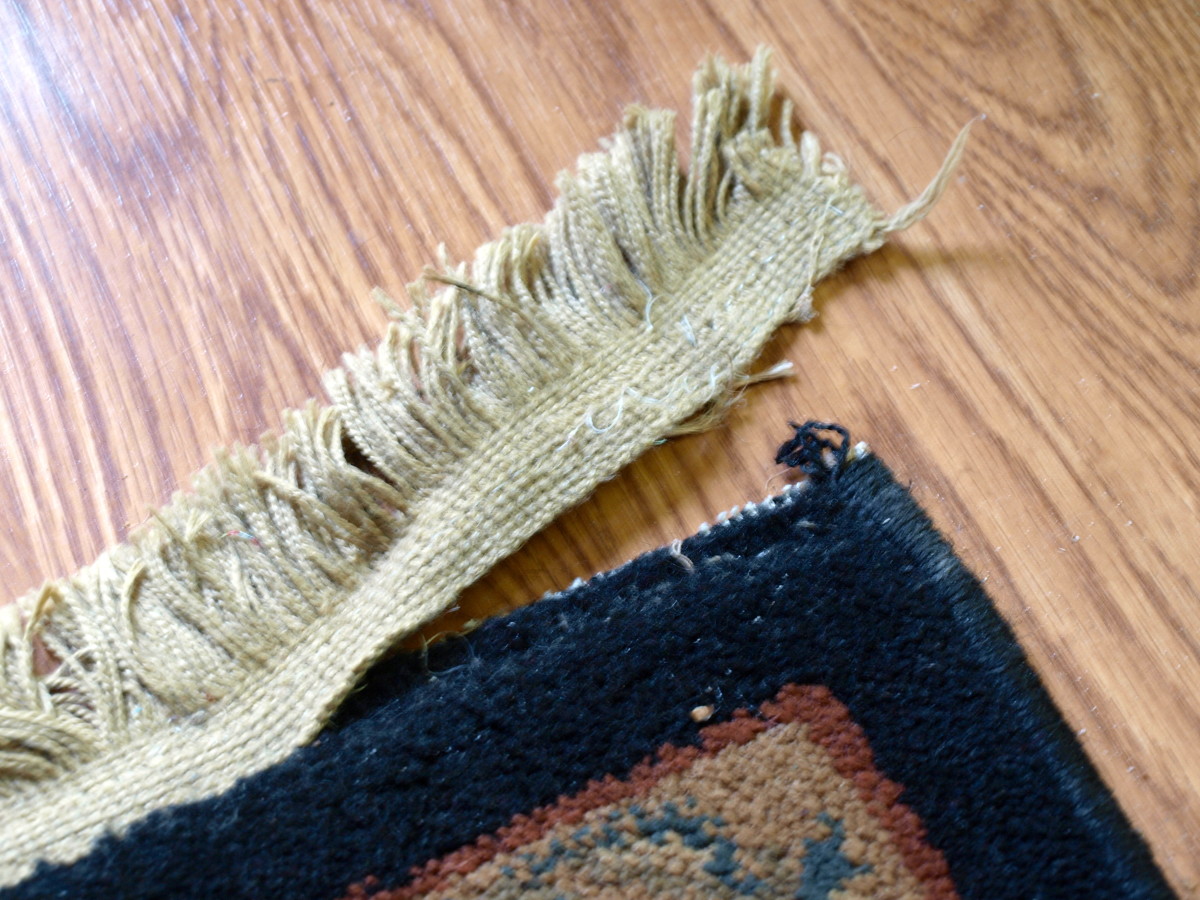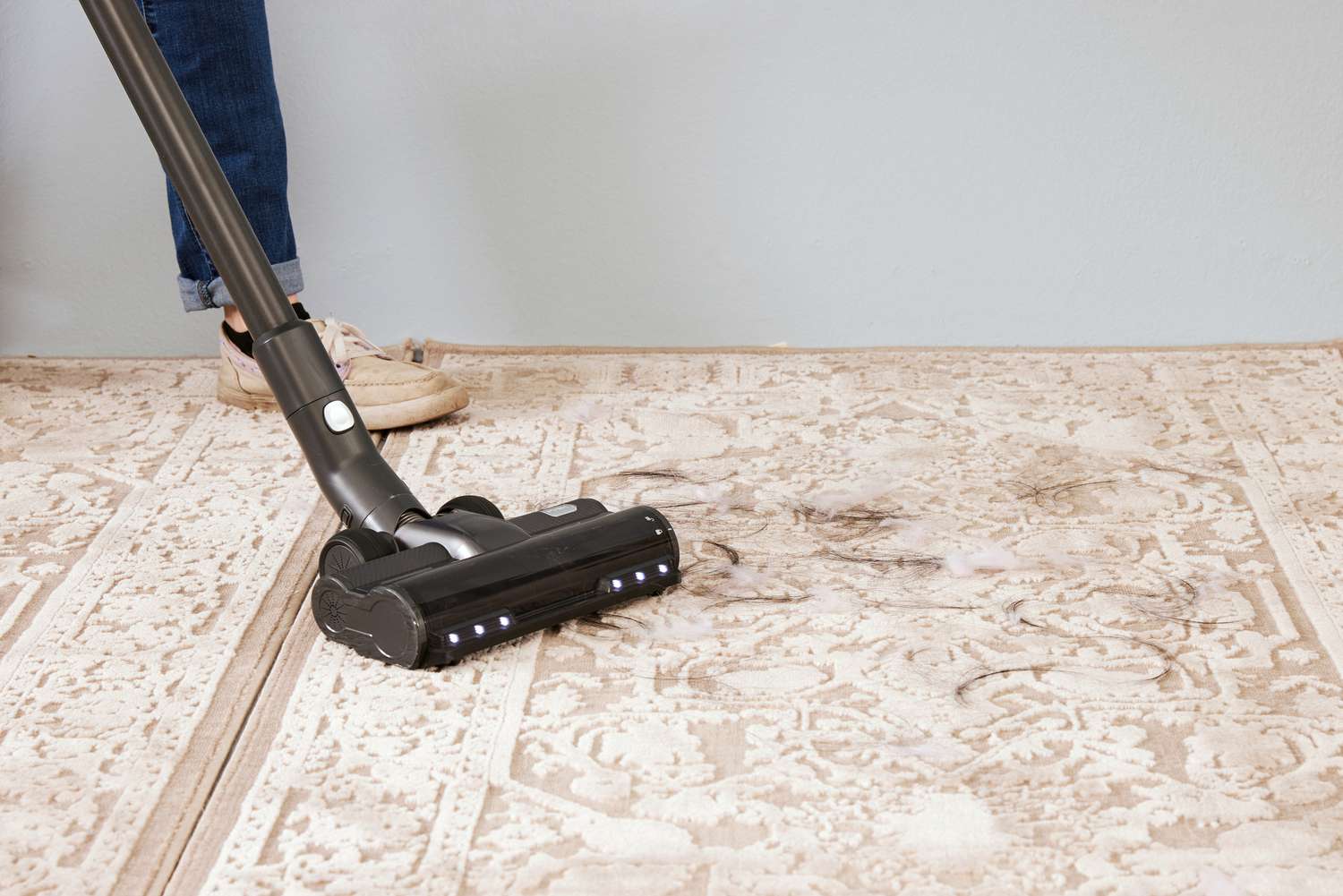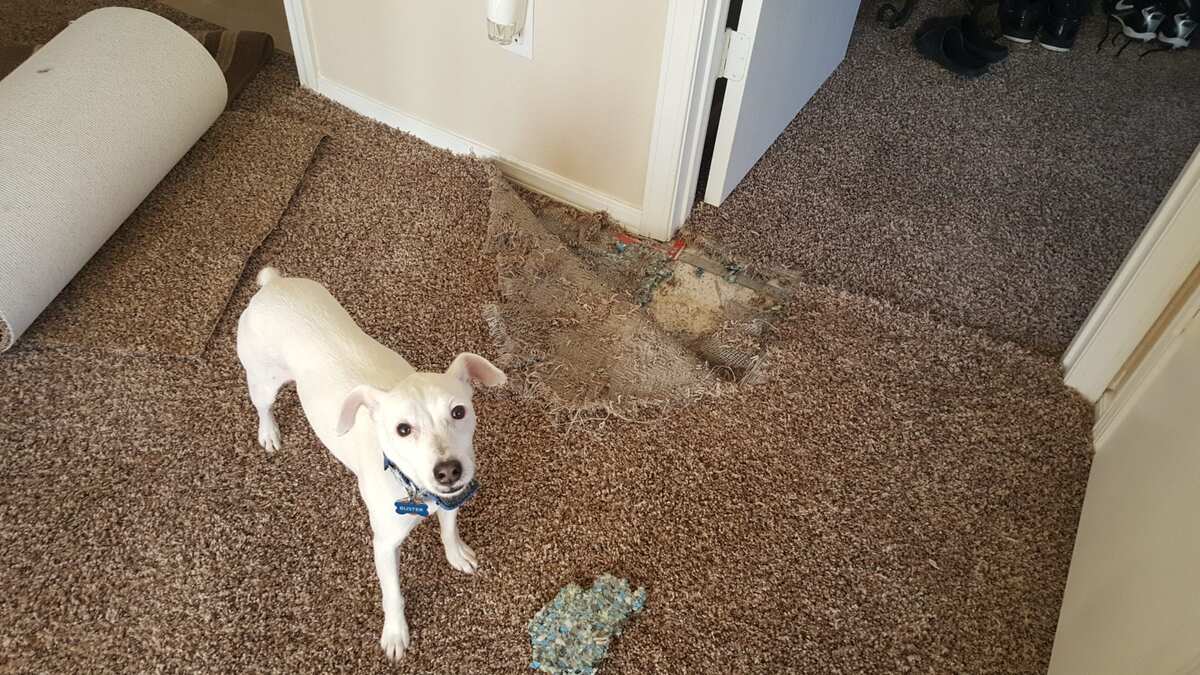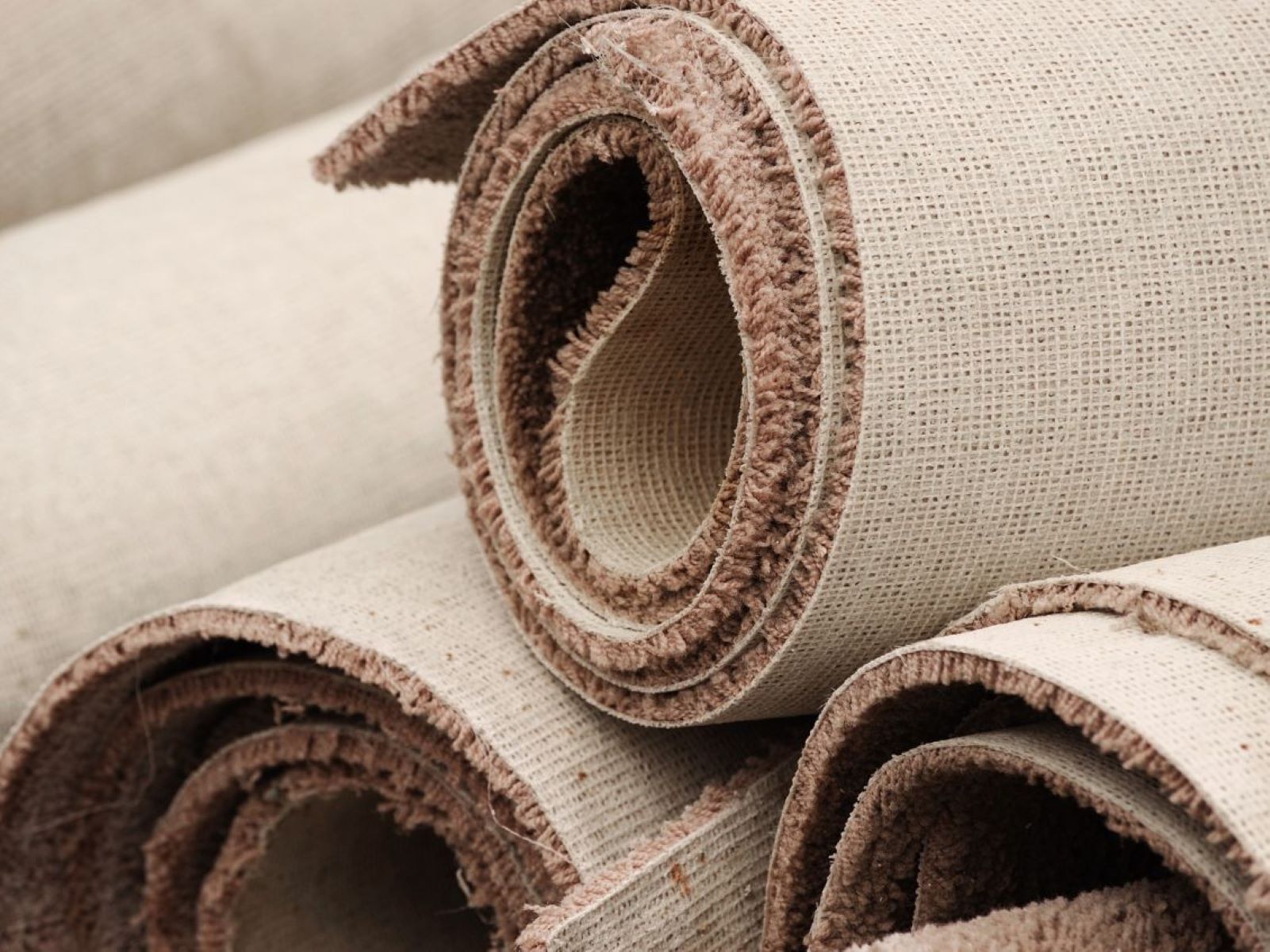

Articles
How To Cut Up A Carpet For Disposal
Modified: February 25, 2024
Learn how to efficiently cut up a carpet for easy disposal with our informative articles. Save time and effort with our step-by-step guides and expert tips.
(Many of the links in this article redirect to a specific reviewed product. Your purchase of these products through affiliate links helps to generate commission for Storables.com, at no extra cost. Learn more)
Introduction
When it comes time to replace or upgrade your carpet, you may be faced with the daunting task of disposing of the old carpet. Properly cutting up and preparing the carpet for disposal is essential for efficient and responsible removal. This article will guide you through the process of cutting up a carpet for disposal, ensuring that you can easily and safely transport it away from your home.
Before you dive into the process, it’s important to gather all the necessary supplies to make the job easier and more efficient. Let’s take a look at the supplies you’ll need:
Key Takeaways:
- Properly preparing and cutting up old carpet for disposal requires gathering supplies, preparing the work area, and wearing safety equipment. Take your time, work in sections, and consider disposal options for a smooth and responsible process.
- Rolling up and securing cut sections of carpet is essential for safe and hassle-free transportation. Consider disposal options such as curbside pickup, recycling, or donation to minimize waste and contribute to a cleaner environment.
Read more: How To Cut Up A Mattress For Disposal
Supplies Needed
- Utility knife or carpet knife
- Heavy-duty gloves
- Protective goggles
- Duct tape or carpet tape
- Rubber mallet
- Trash bags or tarp
- Marker or chalk
- Measuring tape
- Optional: Carpet cutting tool or power tool
Having these supplies on hand will help you effectively cut up the carpet and prepare it for disposal.
Step 1: Prepare the Work Area
Before you begin cutting up the carpet, it’s important to prepare the work area to ensure safety and efficiency. Follow these steps to set up your workspace:
- Clear the room: Remove any furniture or obstacles from the room to create a clear space to work in.
- Cover surfaces: Lay down a tarp or trash bags to protect the floor and surrounding areas from dust and debris.
- Open doors and windows: Adequate ventilation is important, especially if you’re working with older carpets that may contain dust or allergens.
- Ensure good lighting: Make sure the area is well-lit to avoid accidents and to see your cutting lines clearly.
Preparing the work area beforehand will make the carpet removal process smoother and safer.
Step 2: Remove Baseboards (if applicable)
In some cases, you may need to remove the baseboards before cutting up the carpet. This step is necessary if the carpet is installed underneath the baseboards or if you want to ensure a clean edge where the carpet meets the wall. Follow these steps to remove the baseboards:
- Use a utility knife or pry bar to carefully loosen the baseboards from the wall.
- Gently pry the baseboards away from the wall, taking care not to damage them.
- Set aside the removed baseboards in a safe place for reinstallation later.
Once the baseboards are removed, you can proceed with cutting up the carpet.
Step 3: Gather Safety Equipment
Before you start cutting up the carpet, it’s crucial to prioritize safety and protect yourself from potential injuries. Gather the following safety equipment:
- Heavy-duty gloves: Wear gloves to protect your hands from sharp edges and potential cuts while handling the carpet.
- Protective goggles: Shield your eyes from flying debris or dust particles that may be released during the cutting process.
By wearing these safety items, you create a safer environment for yourself when cutting up the carpet.
When cutting up a carpet for disposal, use a sharp utility knife and make sure to wear gloves to protect your hands. Cut the carpet into manageable sections to make it easier to handle and dispose of.
Read more: How To Cut A Carpet
Step 4: Start Cutting
Now that you have prepared the work area and gathered your safety equipment, it’s time to start cutting up the carpet. Follow these steps:
- Find a corner: Begin by locating a corner of the carpet that you want to start cutting from.
- Make a small incision: Use a utility knife or carpet knife to make a small incision in the corner of the carpet.
- Continue cutting: Once you have made the initial incision, carefully cut along the edge of the carpet, following the desired cutting line.
- Use a carpet cutting tool (optional): If you have a carpet cutting tool or power tool available, it can make the cutting process quicker and more precise.
- Work in sections: Cut the carpet into manageable sections, making it easier to roll up and dispose of later.
Take your time and use steady, controlled movements when cutting to ensure a clean and even cut. Remember to prioritize safety and wear gloves and goggles throughout the process.
Step 5: Roll Up Carpet Sections
Once you have cut the carpet into sections, it’s time to roll them up for easy disposal. Follow these steps to roll up the carpet sections:
- Starting from one end of the cut section, lift and fold the carpet towards the center. Roll it tightly as you go.
- Continue rolling until you reach the other end of the carpet section.
- If the carpet is large or heavy, you may need someone to assist you in rolling it.
- Secure the rolled carpet: Use duct tape or carpet tape to secure the rolled carpet and keep it from unfurling.
Repeat this process for each section of the cut-up carpet. Rolling up the sections will make them more manageable and easier to transport.
Step 6: Secure Rolled Carpet
After rolling up the carpet sections, it’s important to secure them properly to avoid any accidents or unraveling during transportation. Follow these steps to securely store the rolled carpet:
- Use duct tape or carpet tape: Wrap several layers of tape around the rolled carpet, particularly at the ends, to hold it firmly in place.
- Consider using additional support: If the carpet is particularly heavy or if you are transporting it over a long distance, you may want to reinforce the tape with straps or ropes to ensure the roll stays intact.
- Label the rolls: Use a marker or chalk to label the rolled carpet sections for easy identification during disposal or storage.
By taking the time to secure the rolled carpet, you can ensure a hassle-free and safe transport to the disposal location.
Step 7: Disposal Options for Carpet
Now that you have successfully cut up and rolled the carpet, it’s time to consider the various options for its disposal. Here are a few possibilities:
- Curbside pickup: Check with your local waste management or sanitation department to see if they offer curbside pickup for large items like carpets. Follow any guidelines they provide for proper disposal.
- Recycling: Some communities have carpet recycling programs that accept old carpets. Research local recycling centers or contact carpet retailers to inquire about recycling options in your area.
- Landfill: If there are no recycling options available, your last resort may be to dispose of the carpet in a landfill. Check with your local landfill facility for any specific requirements or regulations.
- Donation or repurposing: If the carpet is in good condition, consider donating it to a local charity or nonprofit organization. There may also be creative ways to repurpose the carpet, such as using it for craft projects or as a mat in a garage or workshop.
Choose the disposal option that aligns best with your local regulations and environmental consciousness. Properly disposing of the carpet will help minimize waste and contribute to a cleaner environment.
Read more: How To Pull Up A Carpet
Conclusion
Disposing of an old carpet may seem like a daunting task, but with the right approach, it can be manageable and efficient. By following the steps outlined in this guide, you can cut up your carpet and prepare it for disposal in a safe and responsible manner.
Remember to gather the necessary supplies, prepare the work area, and wear proper safety equipment throughout the process. Take your time when cutting the carpet and work in manageable sections. Rolling up the sections and securing them properly will make transportation easier and safer.
Consider the various disposal options available in your community, such as curbside pickup, recycling, or donation. Choose the option that aligns with your environmental values and local regulations.
By taking the necessary steps to properly cut up and dispose of your old carpet, you can ensure a clean and clutter-free living space while also reducing environmental impact. So, roll up your sleeves and get ready to bid farewell to that old carpet!
Frequently Asked Questions about How To Cut Up A Carpet For Disposal
Was this page helpful?
At Storables.com, we guarantee accurate and reliable information. Our content, validated by Expert Board Contributors, is crafted following stringent Editorial Policies. We're committed to providing you with well-researched, expert-backed insights for all your informational needs.
